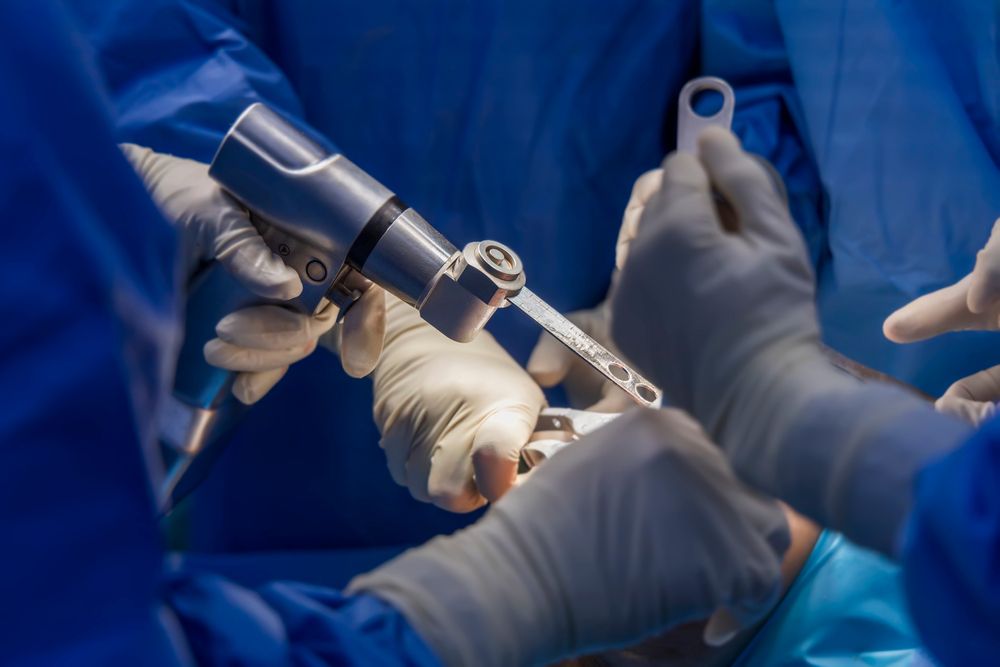Joint replacements have been a mainstay of joint restoration for many years. These artificial joints become more advanced and more effective with every passing year. Recent innovations in joint replacement technology have seen the introduction of the ‘smart implant.’ This new generation of artificial joints provides a continuous stream of feedback to your physician. The first smart knee was released by Zimmer Biomet Holdings Inc and was called the Persona IQ Knee Implant. This example of the new technology represents an important leap forward for joint restoration patients.
What Is A Smart Implant, And How Does It Preserve Joint Health?
Our interconnected digital world has seen the introduction of numerous smart devices to help monitor our health. You can find apps that track your sleeping patterns, monitor your daily exercise, and even help you keep to a diet. However, these devices have experienced some limitations. None of them could accurately tell you what was happening within your body. This is a problem also experienced with joint replacements. Once the joint replacement has been put in place, it can be fairly difficult to accurately track what’s happening within your body. It can be especially difficult in areas where the replacement is embedded in bone.
All that changes with the introduction of the smart joint replacement. As with all knee replacements, the Persona IQ Knee Implant has a tibial stem that is inserted directly into the top of the shin bone. Unlike other knee replacements, the Persona IQ tibial implant is packed with sensors. These sensors monitor a variety of valuable points of information, including:
- Step count
- Walking speed
- Range of Motion
- Gait Metrics
This information is made securely available to both the patient and their physician in the cloud. This is then compared to information gathered before the operation to see what improvements have occurred. This is the first time that sensors and remote monitoring have been made possible in an orthopedic replacement. This new type of joint replacement has been seeing significant success. Those patients who have been fitted with the device tend to have fewer complications and are able to gauge their recovery more successfully.
The most important use of the gathered information is ensuring the patient is on track to a full recovery. The metrics mentioned above are monitored closely as they heal. If there are any indications that the patient may not be progressing as expected, the physician will know. This allows them to schedule an appointment and adjust to the recovery process to ensure the patient gets the best results.
Speak To Your Orthopedic Specialist About Connected Health
Technology like this is indicative of a growing trend in medical care known as connected health. These devices will enable the physician to monitor various aspects of your health. The benefits of these new replacements don’t start after the surgery. During the insertion procedure, your physician will be able to use the sensors to ensure that the knee replacement is properly placed. Afterward, it allows the patient to be fully engaged with their recovery by providing meaningful information about their process.











